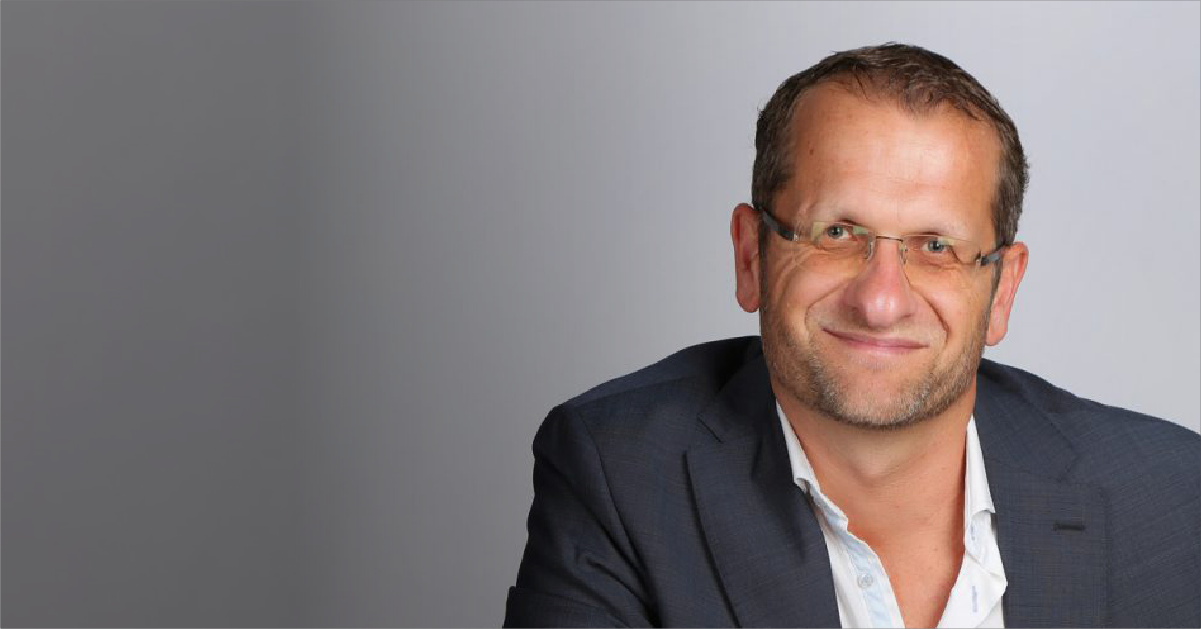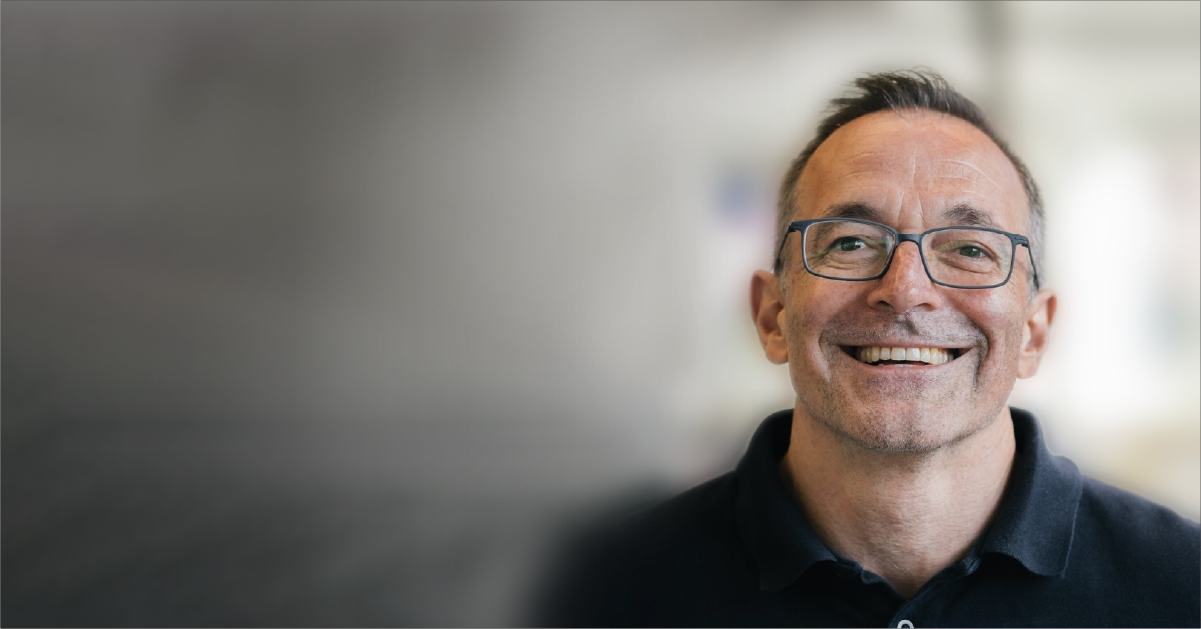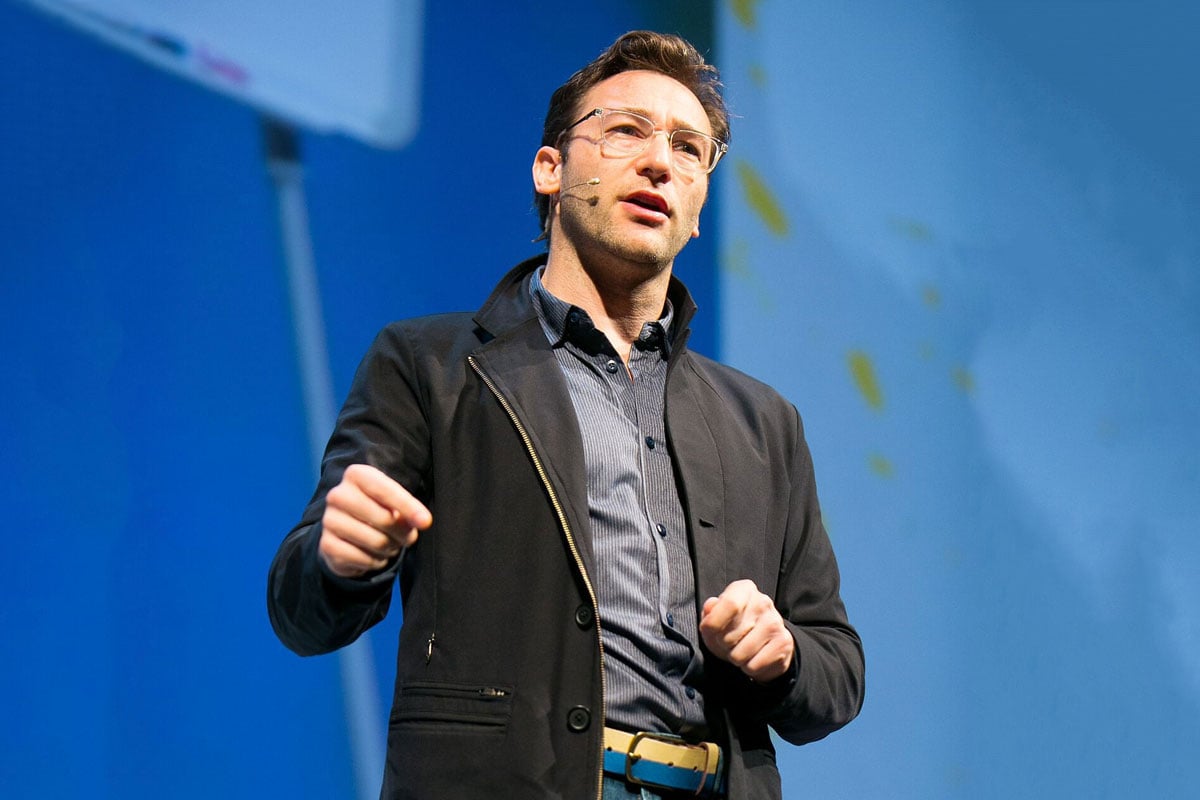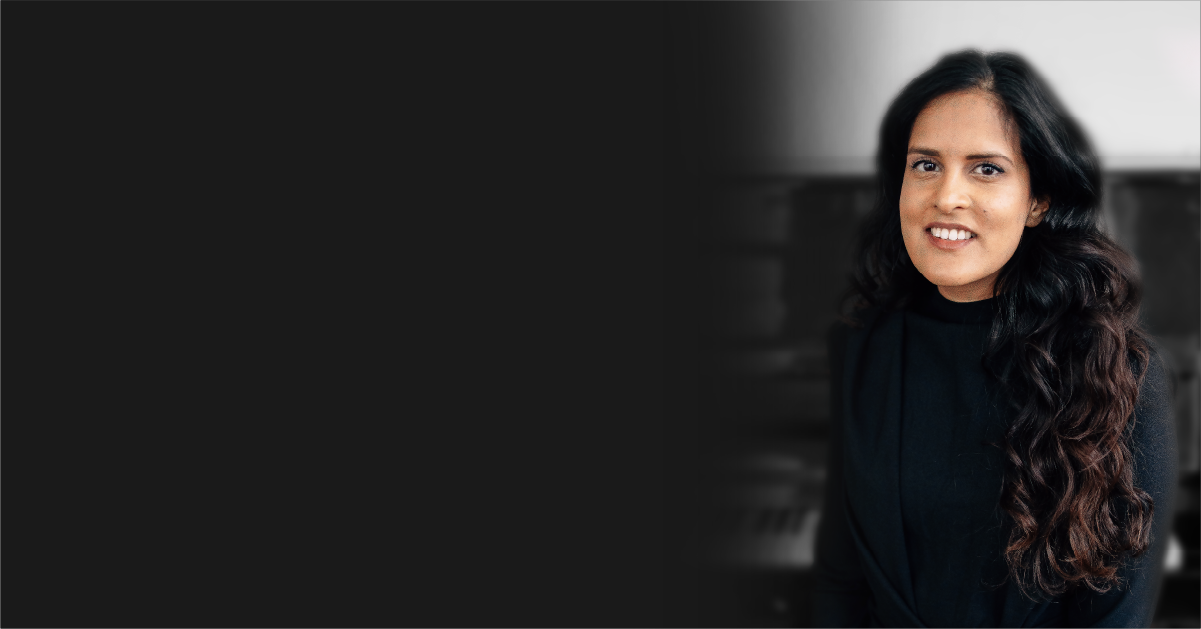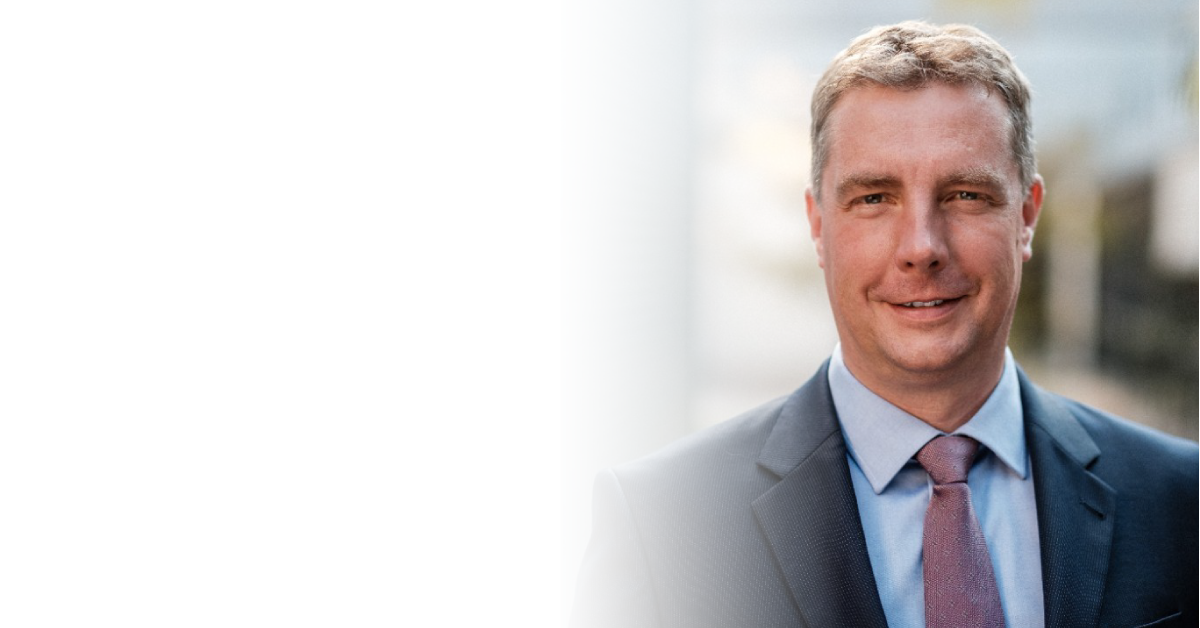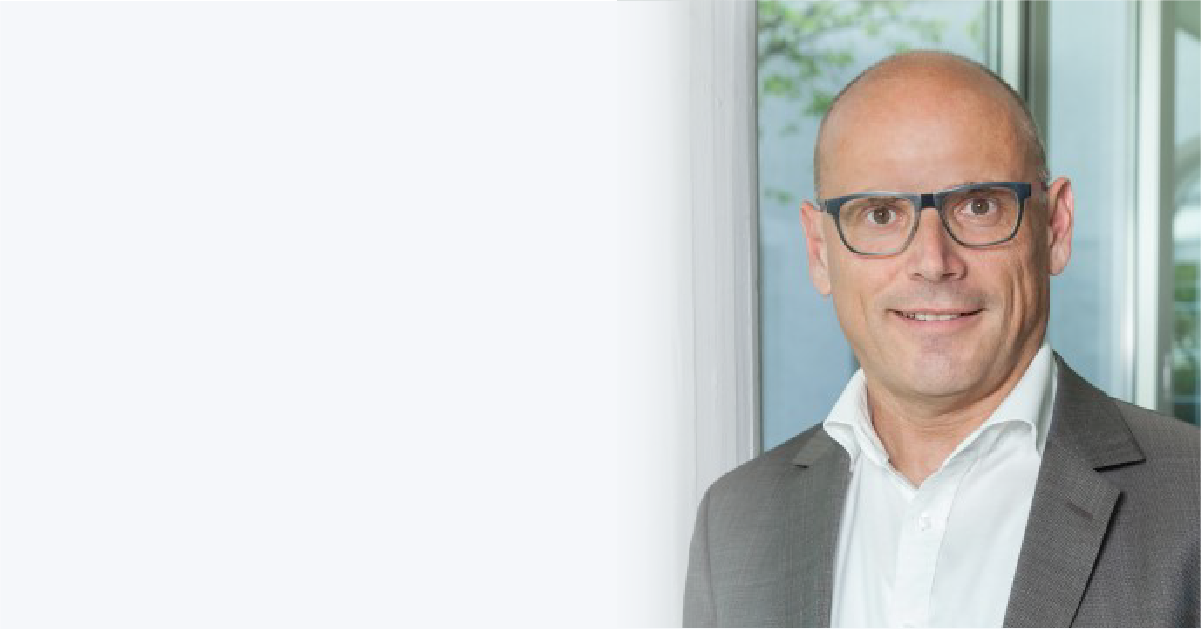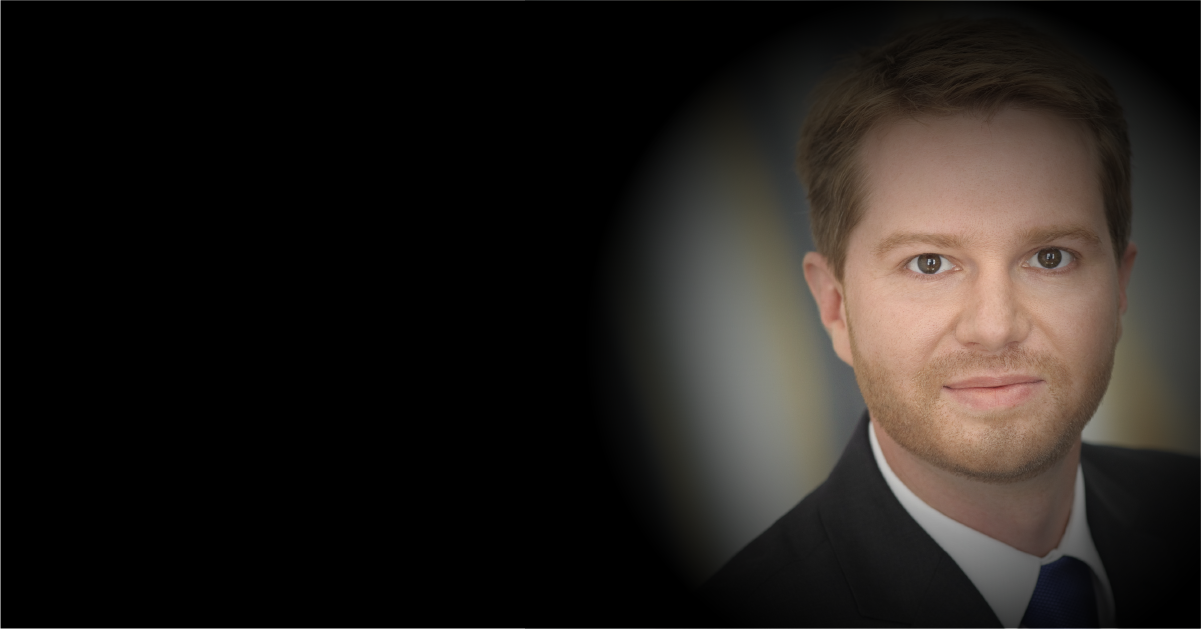Today’s business leaders need to ensure that they are equipped with the right knowledge, skills, and mindset to identify emerging market opportunities and drive their organizations in the new world of work. In this exclusive interview, serial entrepreneur Gary Vaynerchuk shares pertinent insights on leadership, success, and emerging tech trends; as well as evergreen advice on how to become the best version of yourself.
1. Adopt micro speed macro patience
“People confuse patience with a lack of ambition or laziness. I’m not saying to be lazy, complacent, and not have goals. I’m saying that you have more time than you think. You can accomplish everything you want over time.”
Gary says he’s as ambitious as it gets and supports the idea of being competitive and striving for more. However, there are no shortcuts to success, and those who take shortcuts will suffer the consequences down the line.
“If you lack patience in that journey, you will take shortcuts. When you take shortcuts, you could stumble, or worse, really throw the whole thing off. That’s why I talk about micro speed macro patience. On a day-to-day basis, if you’re ambitious, you need to have lots of hard 15-minute meetings to develop that [idea]. But in the macro, it can take three years. And that’s okay.”
“I don’t see an issue with people’s ambition these days. I see an issue with their patience. A lack of patience is an enormous vulnerability.”
2. Hold yourself accountable
As a leader, you put your employees in a precarious spot when you make a mistake. Therefore, Gary emphasizes a greater need for patience, thoughtfulness, and accountability in today’s leaders. “Everything becomes magnified 50x once you become a leader, manager, C-suite executive, leader of a division, and definitely when you become the owner or CEO of a company.”
He gives the example of having to let an employee go. “If your employee is terrible, you can either build them up or fire them. That means you’re in charge. I think it’s pretty black and white.”
“I push accountability very aggressively because I think it leads to happiness. When you fall in love with true accountability, you’re able to begin navigating and not waste time on blaming and pointing fingers.” He adds that there are many people who lack accountability and are entitled and think the world owes them something.
3. Instill kind candor
When asked about the definition of kind candor, Gary explains that candor is telling someone the truth of what your opinion is and remembering that it’s your opinion, whereas kind means how you make someone feel when you tell them the truth.
“When you’re critical of someone’s performance, there are two ways that person could leave that meeting. Very low and scared, or very neutral and inspired to fix it. Kindness in delivering the news is important.”
“It’s transformed VaynerMedia. We’ve become a much better organization because of kind candor. A lot of people were scared to give feedback at our company because we had such a great culture. Negative feedback was hard to deliver because somebody would complain about the feedback, and we were oversensitive. We needed to find our balance.”
He adds that for companies like VaynerMedia with a good culture and kind framework, candor is important to prevent employees from politicking and feeling entitled. “When you don’t have candor, you can create entitlement because underperformers can start getting confused and thinking that they are performing at a higher level than they actually are.”
Furthermore, kind candor not only creates employee retention but allows them to deliver at a higher level. “The company has made huge advancements and grown significantly because of kind candor.”
4. Get distracted by new ideas
Gary advises leaders to not be scared by new ideas and that new ideas are healthy. “Do not demonize the occasional veering off the road because that speaks to creativity. Sometimes, creativity can make something operationally stronger.”
“It’s like the 80-20 rule. If you’re putting 80% of your energy operating that vision, but 20% of your energy is being deviated to curiosity, I think that may lend itself to making your 80% act like 110% instead of 100%.”
When asked how to not lose focus when ideas result in too many projects, Gary goes back to accountability and leadership. “What happens if you wake up and realize you’re doing 500 things when you’re supposed to do 50?” Instead of beating themselves up, leaders must be accountable by cutting 450 projects and focusing on the 50.
5. Define your metrics for failure and success
Gary shares that his biggest failures were based on a lack of candor in that he was unable to communicate his frustrations to his employees who had to be let go. “When they were fired, they were surprised and angry because they were not being communicated to in a proper way. Even though I’ve managed thousands of people, having a [few] people have a bad taste in their mouths towards me feels like a failure.”
He says he works on candor on an everyday basis. “I’ve shed light on it, both within my own brain and in public, and I’m trying to hold myself accountable to be better.”
In terms of success, Gary cites the freedom to operate and be creative. “Am I able to wake up and do whatever I want? Do I like it? Am I happy? “He adds that everyone’s success metric is personal and that he can’t impose his belief of success onto others. He also prioritizes having a grandmother mentality, which leans towards empathy and caring about others, as opposed to an alpha businessman mentality that is more dominant and authoritarian.
6. Lead with optimism
According to Gary, these are the competencies and skills leaders should prioritize and improve:
- Leading with optimism
- Being accountable
- Curiosity
- Communication
- Vulnerability
- Tenacity
- Self-awareness
However, he emphasizes that leaders do not need every single one of these skills to be successful. “Many leaders, founders, entrepreneurs, and CEOs have been successful without being tenacious. I was successful without being great at candor. I’m just more successful with it now.”
He adds, “a lot of things I bring up are true, but they may not be a necessity for you right now. But it’s very important to consider [your] capacity to get better at certain things.”
7. There is no formula for work-life balance
“There is no right answer for living a fulfilled life.”
This is because everyone lives different lives and works different hours, whether it’s the traditional 9 to 5 or four-day work weeks. Each person has their own definition of work-life balance, and they have to adapt to achieve it. “It’s a very personal journey. You can’t be scared to adjust along the way. You have to be adaptable. When you have a moment where you have to put more time into your personal or professional life, you have to be prepared and capable of that.”
8. Practice self-love
“Self-love doesn’t mean getting high on your own bravado that you’re delusional and you don’t see your shortcomings.”
He adds that it’s possible to have self-love and humility, but most people don’t agree. “They think of self-love as ego and delusion.” He believes that people can love themselves but still have the humility to be accountable and critical of themselves. “Criticizing yourself occasionally or holding yourself accountable is very different from beating yourself up and saying, ‘I’m stupid, I’m ugly, I’m not good enough.’ I want to remind you that somebody put that into your brain, and you need to get out of it.”
9. Don’t be afraid to fail
“Failing in front of people is incredibly powerful.”
He encourages leaders to do things that make them uncomfortable and to put themselves in positions where things don’t work out. “When you start a business and it fails, your friends may tell you they admire you for trying. All of us sudden you become more fearless.”
“Anything can happen at any time. I always tell people not to regret a decision because you don’t know the outcome of the other hand. Be grateful for what you have, don’t dwell on what you don’t have, and keep looking forward.”
When it comes to making hard decisions, Gary relies on instinct and the best information at the time. “I’m not scared to be wrong. This goes back to fear. It’s why so much of my content rails against fear. I think it’s the weapon of choice of politicians, parents, and bosses.”
“If I’m wrong, I become accountable, learn from it, and move on. But for some people, it’s like a scarlet letter that they can never get over.”
10. Focus less on quick wins
Gary says that quick wins are not needed unless you’re trying to sustain your job or secure funding. “I find that quick wins, often in the corporate environment, are dangerous because they lead to bad behavior. What’s more powerful is having slow conversations with the leaders who have the power – the CFO, the CEO, the board – to give you the time.”
He adds that it’s more effective to have real conversations with decision-makers and say, “This will take three years versus having to create a narrative that we [need] some sort of win six months in. Putting [your] energy for the short win often is in conflict with building [something] meaningfully.”
11. Put in the work
When it comes to searching for trends and opportunities, Gary advises leaders to put in the work. It can be as simple as finding out what the most downloaded apps are at the moment.
“People always ask me how I always know what’s coming next. I searched the App Store. I think that people overcomplicate things. I also think that people don’t want to put in work that takes 10 to 30 minutes.”
“If you find that there is value in something, then you have to explore it and actually execute it. That’s how you advance yourself.”



